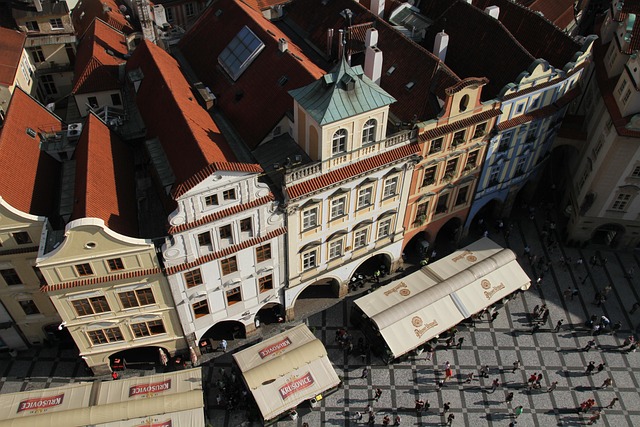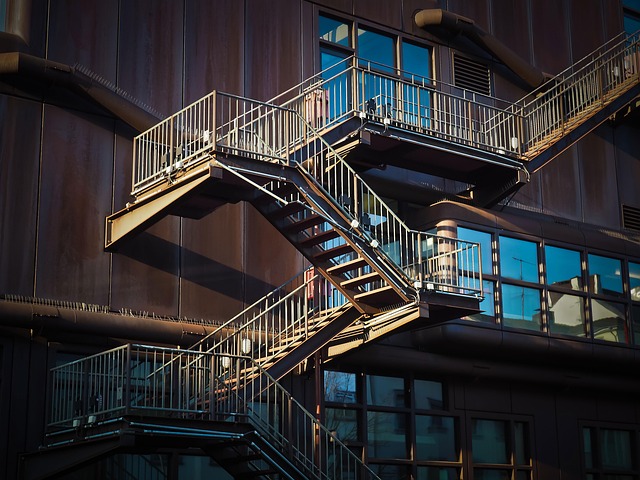
Karachi, Pakistan's economic powerhouse, faces severe traffic congestion due to rapid urbanization, high vehicle ownership, and underdeveloped infrastructure. Historical urban growth patterns and inefficient transportation planning have led to a labyrinthine road network overwhelmed by vehicles, causing gridlock during peak hours. This issue negatively impacts residents' daily lives, increases pollution, and reduces productivity for businesses. To alleviate the problem, Karachi requires a comprehensive strategy involving implementing Intelligent Transportation Systems (ITS), upgrading roads, expanding public transport networks, encouraging shared mobility, and adopting smart city initiatives to optimize traffic flow and enhance urban mobility.
Karachi, Pakistan’s economic heartbeat, often grapples with severe traffic congestion, transforming bustling roads into gridlock. This article delves into the complex web of factors contributing to Karachi’s traffic jams, tracing historical roots and exploring their far-reaching impacts on daily life. We analyze key drivers, from infrastructure gaps to rapid urbanization, and present potential solutions for a smoother future. By understanding Karachi’s unique challenges, we aim to offer insights into enhancing traffic flow and fostering a more livable metropolis.
- Understanding Karachi's Traffic Challenges
- The Rise of Congestion: A Historical Perspective
- Key Factors Contributing to Road Jams
- Impacts and Consequences on Daily Life
- Potential Solutions and Future Prospects for Improved Traffic Flow
Understanding Karachi's Traffic Challenges
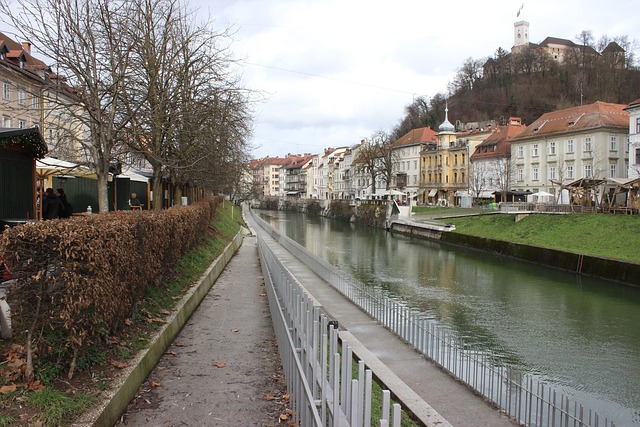
Karachi, as a bustling metropolis and the economic hub of Pakistan, faces unique traffic challenges that require careful consideration and innovative solutions. The city’s heavy congestion is a result of rapid urbanization, increasing vehicle ownership, and inadequate infrastructure development. With limited road space and a growing population, Karachi’s roads often become gridlocked during peak hours, causing immense frustration for commuters and significant economic losses due to reduced productivity.
The traffic situation in Karachi is further exacerbated by outdated transportation planning, haphazard urban development, and a lack of efficient public transport systems. The city’s labyrinthine network of roads, often crowded with an excessive number of vehicles, leads to long commute times and increased pollution levels. Understanding these challenges is crucial in implementing effective strategies to alleviate traffic jams and enhance the overall mobility experience for the residents of Karachi.
The Rise of Congestion: A Historical Perspective

In Karachi, the rise of traffic congestion is not a new phenomenon but rather an evolving narrative etched into the city’s urban fabric over decades. Historically, as the metropolis grew and urbanization accelerated, so did the number of vehicles on the roads. The post-independence era saw a surge in motorization as ownership rates increased alongside economic growth. This trend, coupled with inadequate infrastructure development, set the stage for what would become a recurring dilemma: traffic jams.
The 1980s and 1990s witnessed further congestion as more people moved to the city for job opportunities, leading to a rapid expansion in population and an accompanying rise in vehicle emissions. Karachi’s narrow streets, once bustling with rickshaws and cycles, now struggled to accommodate the deluge of cars and trucks. This historical context underscores the complex interplay between urban growth, infrastructure planning, and mobility needs, all of which continue to shape the traffic dynamics of modern-day Karachi.
Key Factors Contributing to Road Jams
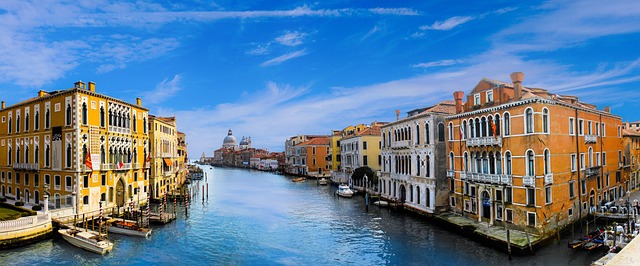
In Karachi, road jams are a ubiquitous part of daily life, with several key factors contributing to this persistent issue. Firstly, the city’s rapid urbanization and increasing vehicle ownership have put immense pressure on existing road infrastructure. The limited road network struggles to accommodate the surge in traffic volume, leading to congestion during peak hours. Secondly, inadequate planning and maintenance play a significant role. Old, poorly designed roads, along with missing or faulty traffic signals, contribute to slow-moving vehicles and unpredictable traffic patterns.
Moreover, certain behavioral patterns of drivers also exacerbate the problem. Rush hour driving at high speeds, frequent lane changes, and an overall disregard for traffic rules create chaotic road conditions. Additionally, special economic zones and industrial areas around Karachi attract a high volume of commercial vehicles, further intensifying traffic jams. These factors combined make managing traffic in Karachi a complex challenge that requires comprehensive strategies to alleviate the problem.
Impacts and Consequences on Daily Life
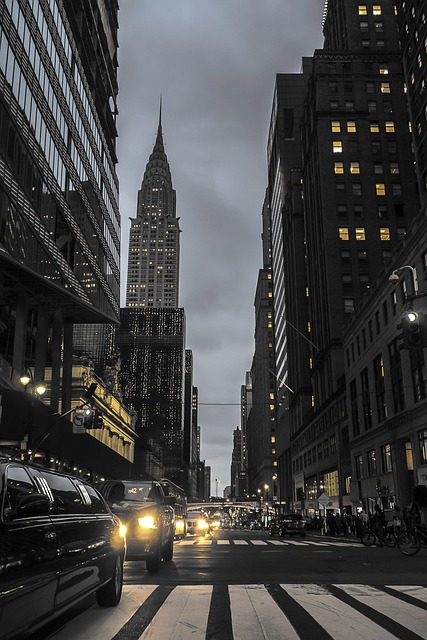
Traffic jams in Karachi have become a persistent and perplexing issue, significantly impacting daily life for its residents. The city’s labyrinthine network of roads often finds itself choked with vehicles during peak hours, leading to prolonged commutes and increased stress levels. This phenomenon is further exacerbated by inadequate infrastructure and a lack of efficient public transport systems, causing a bottleneck that slows down not just personal travel but also the flow of goods and services.
The consequences are far-reaching, affecting everyone from office workers battling to reach their desks on time to entrepreneurs struggling with timely deliveries. The economic impact is likewise substantial, with businesses bearing the brunt of lost productivity and increased operational costs due to fuel guzzling in standstill traffic. Karachi’s traffic jams also have environmental implications, contributing to air pollution that poses health risks to residents.
Potential Solutions and Future Prospects for Improved Traffic Flow
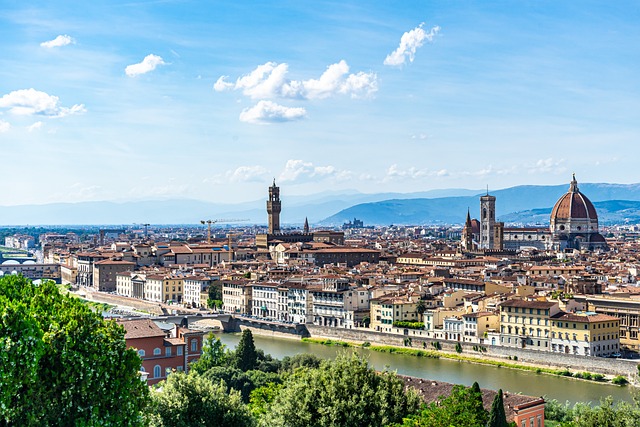
To alleviate traffic jams in Karachi, several potential solutions can be explored. Implementing intelligent transportation systems (ITS) is a promising approach. These technologies include real-time traffic monitoring, adaptive signal control, and variable message signs to provide drivers with accurate information and optimize flow. Additionally, improving road infrastructure by adding lanes, expanding highways, and enhancing intersection design can significantly reduce congestion. Encouraging public transport use through better service quality, affordable fares, and dedicated bus lanes is another effective strategy.
Looking ahead, the future of traffic management in Karachi may involve innovative solutions like connected vehicles, which communicate with each other and infrastructure to anticipate and manage traffic more efficiently. Integrating electric and shared mobility options could also alleviate congestion by reducing the number of private vehicles on the road. Moreover, smart city initiatives focused on data-driven decision-making and citizen engagement can further enhance traffic flow and overall urban mobility in Karachi.
Karachi’s traffic congestion is a complex issue with historical roots, influenced by rapid urbanization and inadequate infrastructure. Key factors like vehicle ownership growth, poor road planning, and limited public transport contribute to severe road jams that negatively impact daily life. However, there are promising solutions on the horizon, including intelligent transportation systems, improved public transit networks, and initiatives to promote shared mobility. By implementing these strategies, Karachi can strive for a smoother, more efficient traffic flow, enhancing the quality of life for its residents.

